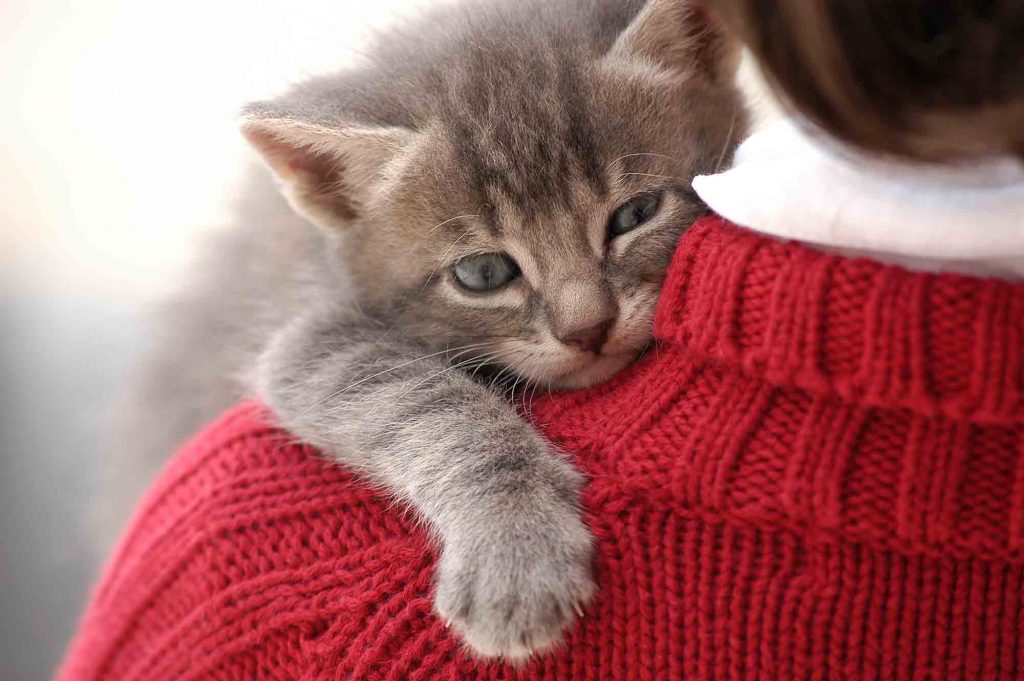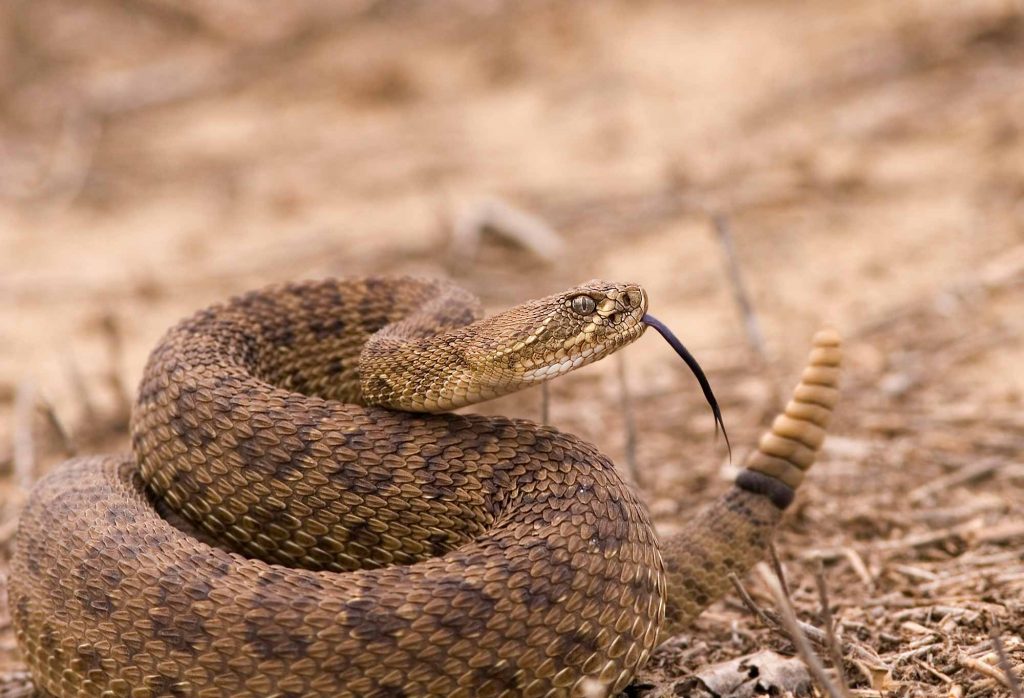Posts in Category: Pet Safety
Helping Your Pet During a Natural Disaster
 Houston residents may be used to high winds and heavy rains, but when the bayous begin to creep out of their banks, even the most experienced Texans might begin to worry. Rising water is just one of many problems our communities face, making disaster preparedness absolutely vital.
Houston residents may be used to high winds and heavy rains, but when the bayous begin to creep out of their banks, even the most experienced Texans might begin to worry. Rising water is just one of many problems our communities face, making disaster preparedness absolutely vital.
While many people evacuated during Hurricane Katrina and most recently Hurricane Harvey, an astonishingly high percentage refused to leave their pets behind. It’s devastating to consider an animal left behind may not survive – or be at home when you return – but when you’re prepared, your pet has a better chance of enduring wild, unpredictable weather. Are you ready to help your pet during a natural disaster?
Pets & Antifreeze: A Dangerous Combo
 Ethylene glycol is the most common and the most dangerous form of antifreeze. Dogs and cats are attracted to ethylene glycol by its sweet taste. Many animals will voluntarily drink ethylene glycol if antifreeze is spilled or leaks onto garage floors or driveways. That’s why your friends at Oak Forest Veterinary Clinic would like to remind you of the dangers of Ethylene glycol poisoning.
Ethylene glycol is the most common and the most dangerous form of antifreeze. Dogs and cats are attracted to ethylene glycol by its sweet taste. Many animals will voluntarily drink ethylene glycol if antifreeze is spilled or leaks onto garage floors or driveways. That’s why your friends at Oak Forest Veterinary Clinic would like to remind you of the dangers of Ethylene glycol poisoning.
Senior Dog Care: Special Considerations for Senior Dogs
 Dogs older than seven years of age are considered senior pets. Senior dogs are in the stage of life in which the aging process is beginning to affect every organ system. Some organs “wear out” faster or are more susceptible to cumulative damage than others, so certain observations are especially important to make.
Dogs older than seven years of age are considered senior pets. Senior dogs are in the stage of life in which the aging process is beginning to affect every organ system. Some organs “wear out” faster or are more susceptible to cumulative damage than others, so certain observations are especially important to make.
The Heat in the Street: How to Protect Pet Paws During the Summer
 Sunscreen? Check! Hat? Check! Most of us are pretty aware of UV and warm weather dangers that come with summertime outdoors. Like us, our pets are also susceptible to dehydration and heat illnesses, but we often overlook one of the most sensitive areas of concern: their paws.
Sunscreen? Check! Hat? Check! Most of us are pretty aware of UV and warm weather dangers that come with summertime outdoors. Like us, our pets are also susceptible to dehydration and heat illnesses, but we often overlook one of the most sensitive areas of concern: their paws.
Sometimes it can be easy to forget that pet paws are subject to injury because they certainly take a lot of wear and tear. We see our pets pounce, leap, and race across surfaces that would have us grasping our feet in pain. However, in actuality, paws are not so tough. In fact, paw pad injuries are quite common.
Pet Microchipping: Why Should I Microchip My Pet?
What Is Pet Microchipping and How Does it Work?
 A microchip can save your pet’s life. This tiny little device is about the size of a grain of rice and sends out radio waves that contain a unique identification number. Similar to receiving a vaccine, the microchip is usually inserted under the skin’s surface between the shoulder blades of your pet using a needle.
A microchip can save your pet’s life. This tiny little device is about the size of a grain of rice and sends out radio waves that contain a unique identification number. Similar to receiving a vaccine, the microchip is usually inserted under the skin’s surface between the shoulder blades of your pet using a needle.
When microchipped, if your dog or cat (or pig or goat or bear) were to stray from your peaceful abode, a veterinary clinic or shelter would scan your pet and you would be contacted to be reunited. A microchip does not have the capability to tell you where your animal is located (wouldn’t that be great!), and the microchip cannot be used to collect information sensitive information that can be tracked or measured by third parties or governments. Continue…
Rattlesnakes and Pets: A Dangerous Combo
 The warm sun and longer days are wonderful for most of us, including our cold-blooded reptile friends who become more active during spring. It also stands to reason that we spend more time outdoors with our furry friends this time of year.
The warm sun and longer days are wonderful for most of us, including our cold-blooded reptile friends who become more active during spring. It also stands to reason that we spend more time outdoors with our furry friends this time of year.
Because we live with rattlesnakes, understanding their behaviors, habitat, and other qualities can help prevent negative encounters – especially when you’re out on the trail with Spot.
The Dangers of Chocolate for Pets
 With Easter just around the corner, and with endless other reasons to buy chocolate throughout the year, it is important to remember that dogs and other pets can react differently to this tasty treat than we do!
With Easter just around the corner, and with endless other reasons to buy chocolate throughout the year, it is important to remember that dogs and other pets can react differently to this tasty treat than we do!
While rarely fatal, chocolate ingestion can still often result in significant illness for dogs. Chocolate is toxic because it contains an alkaloid called ‘Theobromine.’ Theobromine is similar in nature to caffeine and is often used medicinally as a diuretic, heart stimulant, blood vessel dilator, and smooth muscle relaxant. Theobromine can be poisonous when ingested in large amounts. Continue…
How to Determine if a Gift is Safe for Your Pet
 Pets adore gifts just as much as us (even if your cat ends up loving the box the gift came in much more), but not all gifts are appropriate for pets. In fact, some may present hidden dangers for a chow hound or a curious kitty.
Pets adore gifts just as much as us (even if your cat ends up loving the box the gift came in much more), but not all gifts are appropriate for pets. In fact, some may present hidden dangers for a chow hound or a curious kitty.
If finding the perfect present (or ten!) for your best fur friend is on your shopping list this holiday season, be sure to prioritize safety as well. To help you decide if a gift is safe for your pet, Oak Forest Veterinary Hospital has compiled a few important tips.
Not So Thankful for Pancreatitis in Pets
 While it can happen any time of the year, pancreatitis in pets is one of the primary reasons for busy vet hospitals around the holidays. This disease often raises its ugly head during holiday celebrations, but the savvy pet owner can often keep it at bay by empowering themselves with a little knowledge.
While it can happen any time of the year, pancreatitis in pets is one of the primary reasons for busy vet hospitals around the holidays. This disease often raises its ugly head during holiday celebrations, but the savvy pet owner can often keep it at bay by empowering themselves with a little knowledge.
Keep reading to learn all you ever need to know about pancreatitis in pets.
A Scary Combination: Halloween Treats and Pets
 Halloween is a favorite holiday for many families and their pets – especially when our adorable pals don’t mind donning a costume. However, Halloween treats and pets aren’t always a fun mix. In fact, poisoning and other health threats are big concerns this time of year.
Halloween is a favorite holiday for many families and their pets – especially when our adorable pals don’t mind donning a costume. However, Halloween treats and pets aren’t always a fun mix. In fact, poisoning and other health threats are big concerns this time of year.
To keep your night full of spooky fun and avoid a veterinary emergency, follow our tips and suggestions regarding trick-or-treat toxins. Continue…
